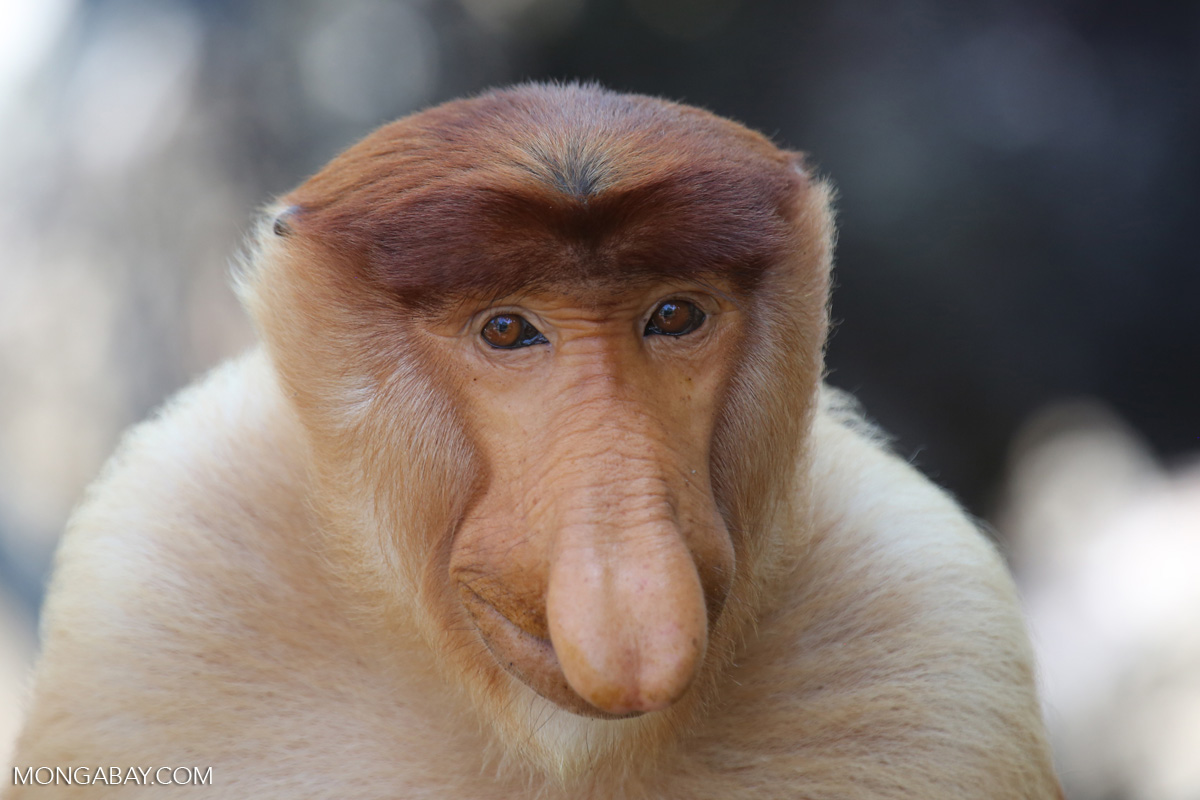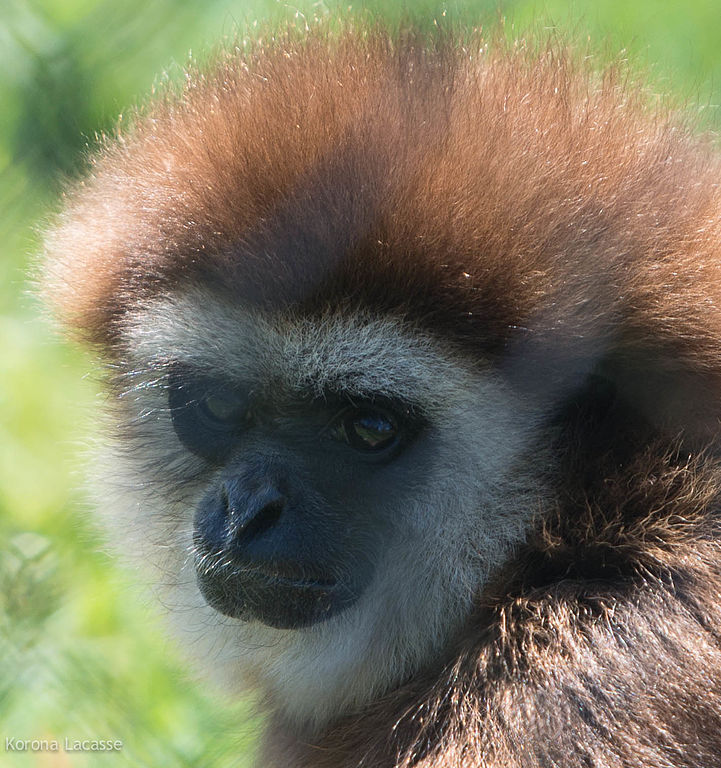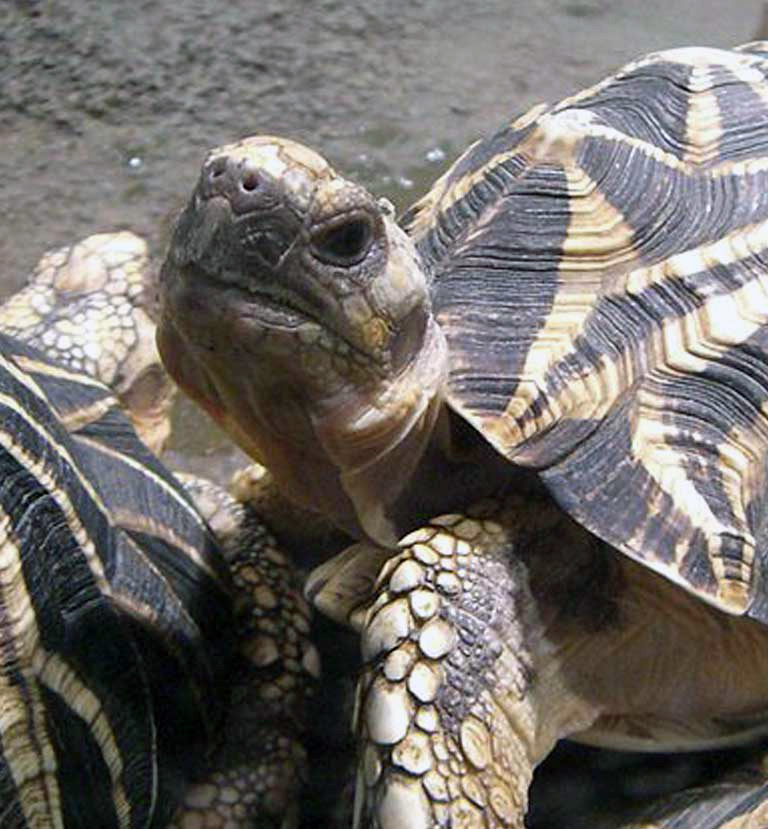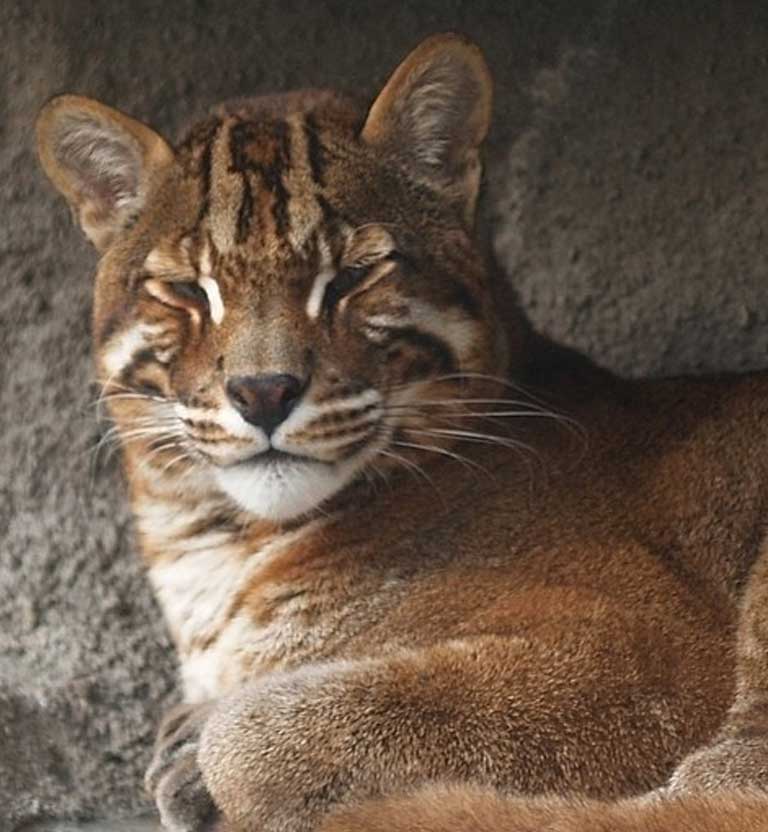INFORMING THE WORLD ABOUT THREATENED NON-CHARISMATIC FAUNA LIVING ON EARTH’S BIGGEST CONTINENT
ALMOST FAMOUS ASIAN ANIMALS: DO YOU KNOW WHO I AM?

We all know about the fight to save the Sumatran rhino, India’s tigers or Indonesia’s orangutans. But how about the battle to save the beleaguered Javan slow loris, the Burmese starred tortoise, or the Bornean White-bearded gibbon? And who’s defending the endangered Asiatic golden cat, the little known Visayan deer, the lesser-known proboscis monkey, and even lesser-known Hairy Babirusa?
If these are animals you can’t picture, with names that send you running to Google or Wikipedia, you’re not alone. But it’s well past time that the world knew about these Almost Famous Asian animals — before they go the way of the dodo.

White-handed gibbon by Korona Lacasse licensed under the Creative Commons Attribution 2.0 Generic license.
The purpose of the Almost Famous Animals Asia Mongabay Reporting Network (MRN) initiative is: to publicize the plight of little known, threatened tropical, subtropical, and temperate zone Asian animals (primates and other mammals, amphibians, reptiles, birds, and large freshwater fish, especially in Southeast Asia), along with the wildlife scientists working to protect them.
We’re looking for inspired, creative, capable journalists who can make people care passionately about the Palawan bearded pig, the Bali myna, bumblebee bat or any IUCN listed Critically Endangered, Endangered, Vulnerable, or status unknown, terrestrial, avian or freshwater animal you think will appeal to the public imagination. (Sorry, no invertebrates/plants, or boreal species in this round!)
What you’ll need to tell people in your Almost Famous Animals Asia article:
- Where does this animal live in Asia: In what countries, regions, biome, ecosystem, habitat, tree, wallow or burrow does this animal live? Our focus is primarily on Southeast Asia, with its many embattled animals, but we’re open to pitches for Almost Famous animals from any non-boreal part of Asia — from Kazakhstan and the Middle East, eastward through India and China.
- What’s fascinating about this creature’s lifestyle and lifecycle: Does it possess unusual survival strategies, weird eating habits, unusual sexual behaviors? Is it incredibly cute, or maybe ugly? Does it run fast, jump high, or sleep really a lot?
- Why is this animal endangered: Is it delicious, decorative, a purported aphrodisiac, threatened by climate change, wildlife trafficking, or just in the way of the next bulldozer, oil palm plantation, or hydroelectric dam?
- Why should people care about this species: Think ecology, evolutionary history, ecosystem services, its remarkable potential for cancer research. Or can you make an utterly non-utilitarian case as to why this species is simply awesome!

Burmese starred tortoise by
ゆうき315 licensed under the Creative Commons Attribution-Share Alike 3.0 Unported license. - Who is trying to save this animal? Contact, quote and profile the unsung wildlife experts that have made this critter their life’s work. How did they first encounter the species? Why are they impassioned to save it, and what are they doing to conserve it? What conservation groups are trying to protect it? Is anyone spending funds to save this species now? If so, how much? And, as importantly, how much is needed?
- What’s the outlook? Are there innovative programs underway to save this animal, or merely plans? Who needs to be mobilized? What are the chances for survival, and how can individuals contribute to the effort? Where can they learn more?
- Article length / photos: Each article will be 1,200 to 2,000 words long. Authors will be expected to hunt down publishable pictures of their animal (likely provided by the researchers, or found on Wiki Commons Images), as well as photos of habitat, and scientists at work. All pictures need to include captions and photo credits.
Send us your Almost Famous Animals Asia query by submitting this short APPLICATION FORM. You will be asked to provide a couple paragraphs telling us why this animal matters and why you want to write about it in addition to your journalism resume and clips.
Almost Famous Animals 2015: Here are some examples of recent Mongabay Almost Famous stories (Please read a few before making your submission).

Asiatic Golden cat photo by OpenCage licensed under the Creative Commons Attribution-Share Alike 2.5 Generic license.
For any questions regarding this MRN, please send an email to Glenn via [email protected]